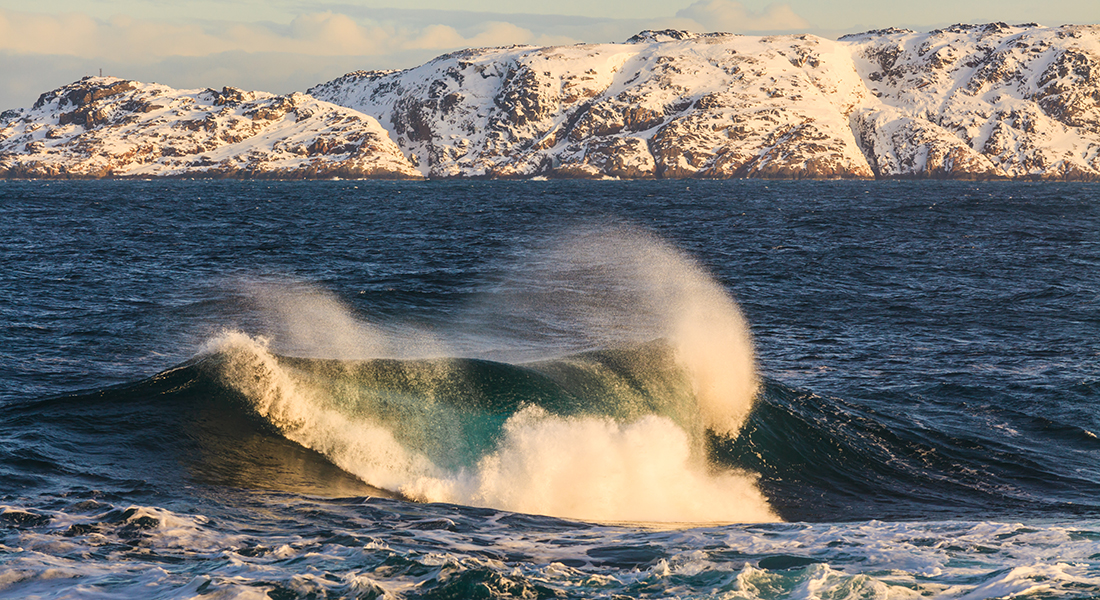Work Package 3: Biodiversity and well-being implications of climate change for coastal Saami in Northern Norway

(Photo: Colourbox)
Work Package 3 assess the biodiversity and welfare implications of climate change for coastal Saami in Northern Norway.
The Porsanger fjord in Northern Norway has experienced multiple social-ecological changes due to invasion of Greenlandic seal, loss of habitat for spawning fish, invasion of the Red King crab, increasing sea urchin populations and a vessel quota system from which the fjord has not recovered. However, there is limited information about how the coastal indigenous population, the Sea Sami, has adapted to and will attempt to mitigate further climate change in the fjord system. There is an urgent need to co-develop and test flexible harvest control rules and adaptive management strategies.
Overall objectives include:
- conducting an ecosystem service assessment of loss and status of nature’s contribution to local and indigenous communities,
- identifying local and indigenous conceptions of ecosystem health and indicators of well-being for coastal communities.
How to accomplish ecosystem restoration goals in sub-Arctic areas will be assessed and an adaptive management plan for the Porsanger Fjord co-developed with local communities and local municipal and regional authorities in the form of an interactive ArcGIS map database designed in collaboration with ongoing regional coastal zone planning efforts by the County authorities. Such indigenous adaptation and mitigation processes can provide essential insights for coastal planning and management and constitute a model for indigenous adaptations to climate and biodiversity change elsewhere in the Arctic.
